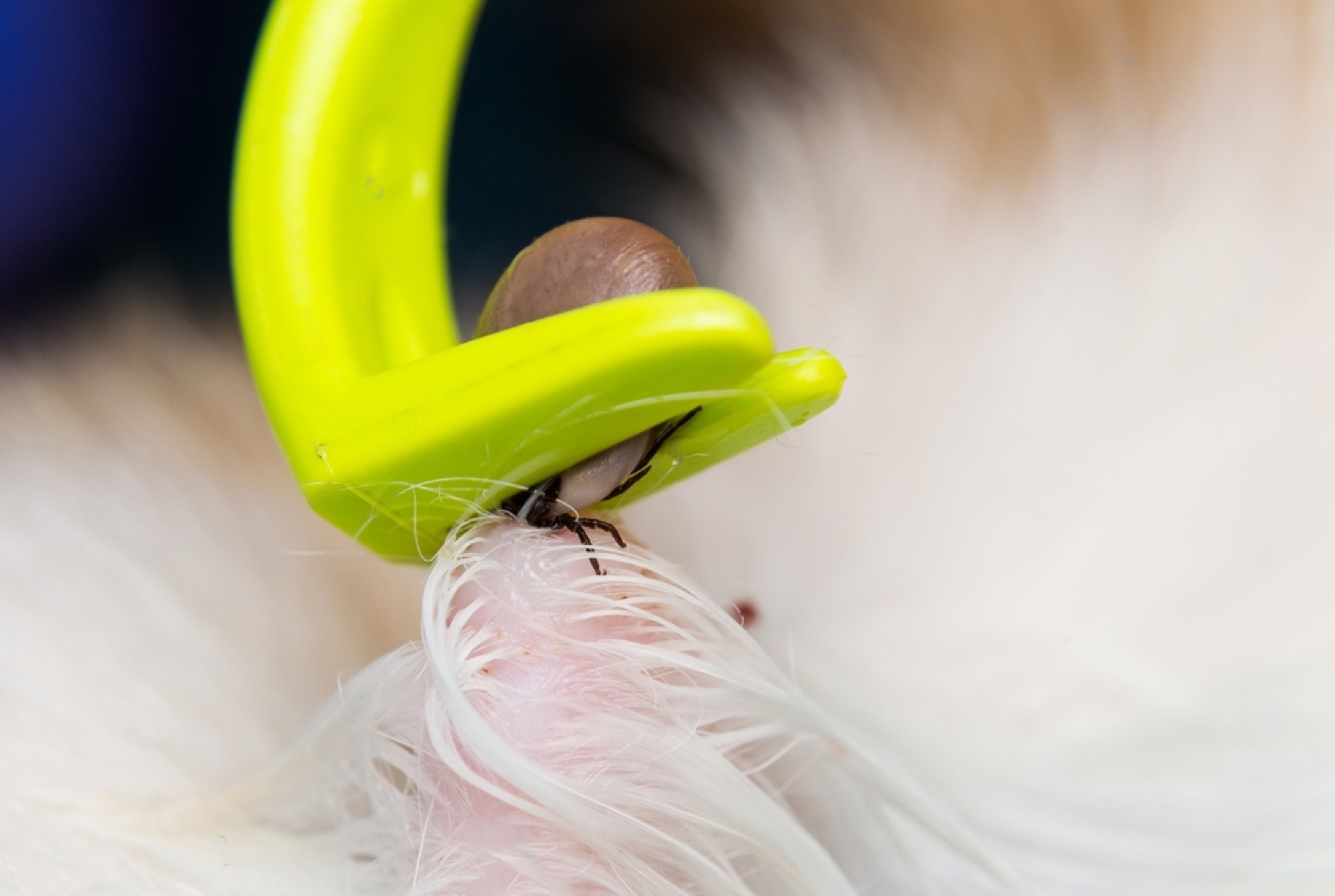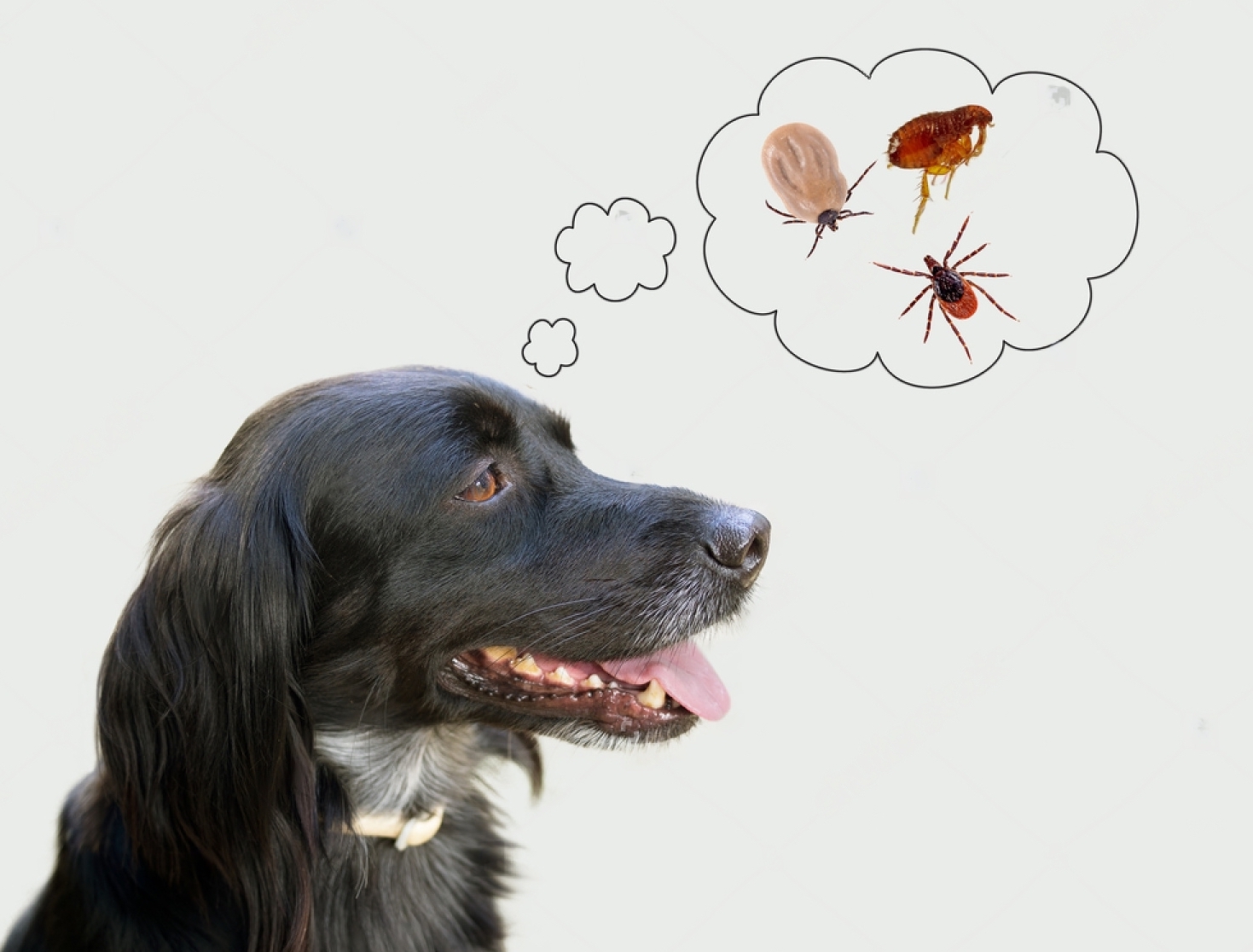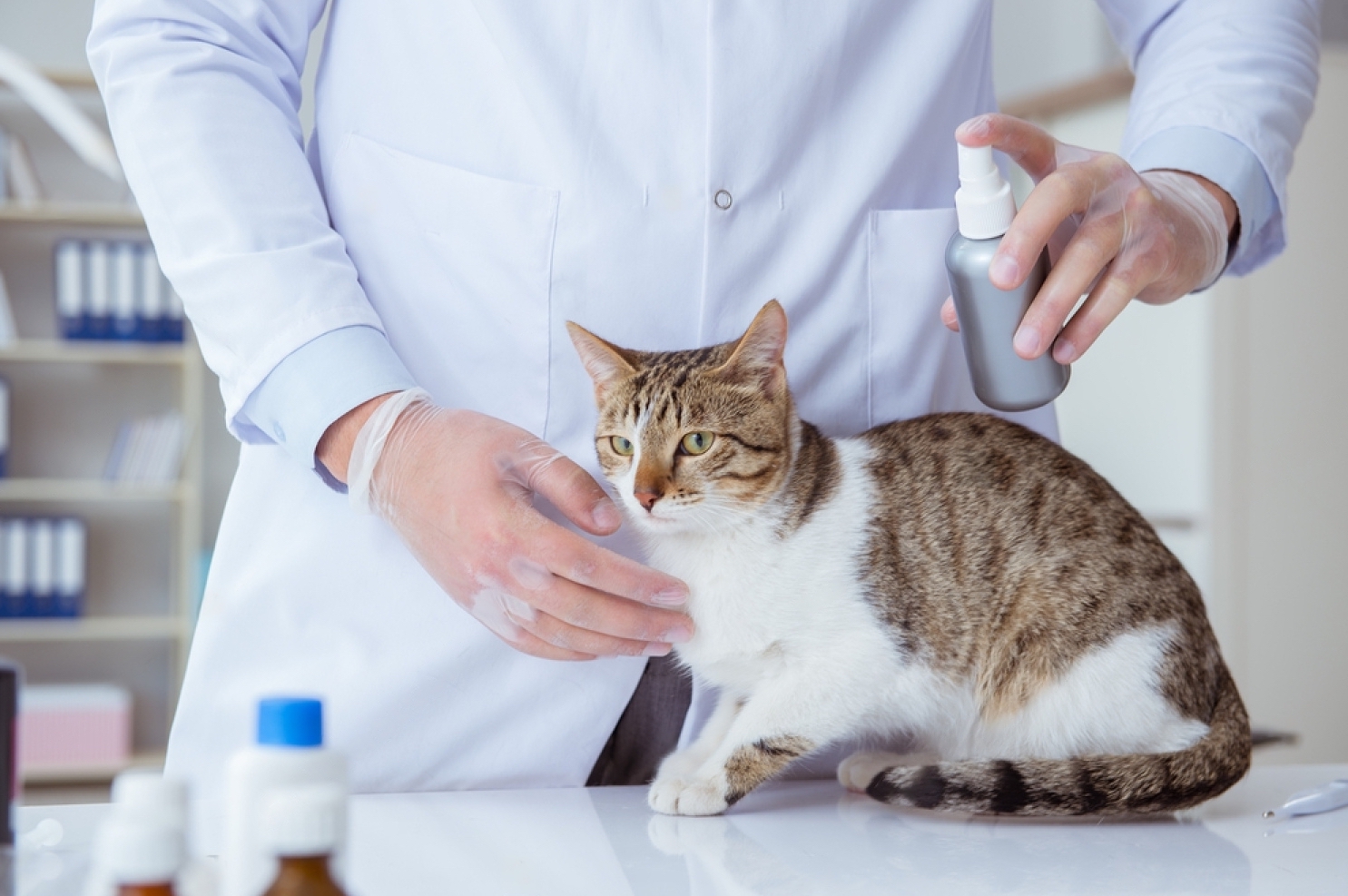Ticks: 10 Facts for Every Owner

Ticks in animals are a nuisance and can transmit dangerous pathogenic diseases. There is no certain protection against tick bites. However, insect bites can be reduced with protective measures. You can learn how to protect your four-legged friends in this article.
What you need to know about ticks
Ticks are blood-sucking arachnids; they wait for passing prey in bushes, grass, and shrubs. When the opportunity arises, they fall or cling to an animal and crawl to a suitable spot to suck blood. Feeding on blood, they can transmit dangerous pathogens through their saliva. For example, Lyme disease or early-onset meningoencephalitis (TBE), which makes a tick bite not only painful or unpleasant, but also dangerous.
These pests are especially comfortable in warm and humid environments and are usually particularly active between March and October. However, depending on the species, they can also be active much earlier or longer, depending on the climate zone. Some mite species, such as the common wood mite, become active at temperatures just above freezing. This is why prevention and protection is not only recommended in summer.
Vaccinations against ticks
Yes, there are tick vaccinations for your beloved four-legged friend. However, these generally do not protect against ticks, but only produce antibodies against the infectious disease Lyme disease. In general, there is nothing wrong with vaccination, of course. However, experts do not always recommend vaccination. The reason is that four-legged friends who have already been in contact with the Lyme disease pathogen can get kidney infections if they are subsequently vaccinated. Be very cautious.
Tick control
Every long walk should be accompanied by a thorough examination of the animal. This is boring, but the best prevention against tick bites and related diseases. Ticks usually bite only after a few hours because they need time to get through the fur to the skin, it all depends on the thickness and length of the fur as well as the body part. Therefore, when examining an animal, you should stroke it and examine it carefully; if the coat is long, a comb will help. Most often, when bitten, the pet feels discomfort and begins to scratch, showing the place to the owner. With enough sensitivity and patience, tick control is not only useful, but it is also good for your pet.
Removing mites
What’s really important when removing ticks, whether with tweezers, hooks or other tools, is the importance of pulling the parasite out correctly. This requires a certain amount of skill. The tool should be disinfected and as close to the skin as possible, you need to catch it by the head without crushing the body of the tick. In this case, the tick may not be removed completely.

Another criterion is the pressure on the tick during removal, which must be sufficient to keep the tick from slipping out of the tool. If the compression force is too strong, the compressed tick may release more toxic saliva and inject it into your pet. It is necessary to pull out (slowly with force) by turning the tick counterclockwise.
If part of the tick is lodged in the animal, it is not always dangerous. As a rule, the rest will eventually come out on its own. However, if you notice that an infection has gotten into the affected area, you should see a doctor immediately and not wait for it to heal itself.
Even if you have an aversion to these pests, never try to drown the mite in oil or use glue and nail polish (remover) to kill it on the pet itself. These substances will only stress the mite, causing it to secrete more saliva into the wound, which may contain dangerous pathogens. Your pet may also feel discomfort or even pain. Treat it responsibly!
What to do after a tick removal
When you have removed the tick, disinfect the bite site and breathe a sigh of relief, but it is advisable to keep an eye on the bite site for a while. Especially in risk areas it can happen that the tick has already introduced harmful pathogens into the body while sucking blood. In the case of Lyme disease, for example, redness will appear around the bite site, which will increase over time; the bite site may also become inflamed. If you notice a skin reaction or changes in the animal’s behavior (some TBE virus symptoms resemble the onset of the flu – fatigue, lethargy, apathy, lack of appetite), you should definitely consult a doctor to prevent a possible infection and prevent its progression.
Preparations against ticks

Spot preparations are insecticides that drip between the shoulder blades on the back of four-legged friends and spread on their own across the animal’s skin through the sweat glands. Their purpose is to both repel and remove already attached mites. Most spot preparations are not suitable for puppies and kittens because of the ingredients they contain, so adult animal tolerance should also be considered.
Before using spot preparations, the instructions for use must be followed, as each preparation has a different effect and is tolerated differently; the intervals of application may also vary greatly from one preparation to another: however, following the instructions is absolutely essential, as non-compliance increases the risk of reappearance of mites.
Tick collars
Anti-mite collars, which the pet wears in addition to the “regular” collar, contain insecticides and acaricides. Their active ingredients are released continuously and over a long period of time into the greasy film of the skin and coat and spread over the skin surface. Their active ingredients, as in spot-on preparations, serve to disrupt the nervous system of the mites to induce them to fall away from the host.
Tick collars are also not suitable for very young animals and can cause side effects, so even here you need to pay attention to the recommendations for use.
Herbal remedies for mite control
There are various herbal preparations that can help control mites, such as oils, sprays and lotions with combinations of herbal extracts that are supposed to have a repellent effect on mites and other pests. Check with your veterinarian for preparations.
Another example of natural tick prevention is fresh garlic in pill form. It has now been proven that regular amounts of garlic in the food changes the body odor of a four-legged friend in such a way that it becomes less attractive to mites. Care should be taken with the amount, however, as large amounts of garlic are harmful to dogs.
Risk of overdose and allergies
Protection and prevention with commercially available preparations, as well as herbal remedies, are useful in controlling mites only when used in the correct doses according to the instructions. If the dosage is high, this protection can backfire. Despite all caution, the following should be kept in mind: many of the products used are chemicals that can cause side effects such as red skin, nausea, drowsiness, hair loss and itching. Please use them only in small doses. Dangerous interactions may also occur in combination with other active ingredients.
The following needs to be clarified: Does your pet have any allergies or intolerances caused by anti-tick medications? Your veterinarian can help you decide which medication is best to use with your pet.
Preventing tick bites
Another important point is that you should familiarize yourself with the general prevalence and risk of TBE infection. There are special tick distribution maps that you can buy at pharmacies in your city or find on the Internet. They show where the risk of being bitten and infected is particularly high. If you want to go on vacation in Europe, you can find tick distribution maps for your city on the Internet.




